Meet the 9 muses of Greek Mythology , their representations in art, attributes and iconography.
The 9 muses are characters from Greek mythology that inspire the arts and sciences.
The 9 muses that inspired the name of the Museums as we’ll see below in this article.
Let’s meet these 9 so inspiring creatures
The 9 muses
They are 9 muses and each one is linked to some scientific or artistic component.
This article contains an explanatory video. You can also read in: Português | Español
Who are the 9 muses ?
From the relationship of Mnemósine with Zeus the Muses were born: Calliope, Clio, Erato, Euterpe, Melpomene, Polymnia, Terpsichore, Talia and Urania.
They often accompanied Apollo, god of the arts.
They inhabited Mount Helicon, but were often on Olympus to entertain the gods.
Initially, the muses were created to celebrate the victory of the gods over the Titans, in the so-called Titanomachy.
They represent creativity and inspiration
Considered deities of spring, over time their importance increased until they became goddesses – and responsible for human inspiration.
The ancient Greeks believed that their work was inspired and helped directly by the Muse of the art in which they fit.
For this reason, all epic poems, for example, typically begin with a request from the author to the muse Calliope, so that she inspires him.
the 9 muses
Calliope, muse of eloquence and heroic poetry
Also associated with science in general and with eloquence.
Represented crowned with laurel wreaths, head resting on one hand, as if meditating.
She may also have a scroll and a pen with her.
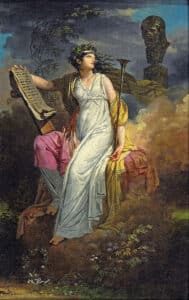
Clio, muse of History
Goddess of Memory, Muse of History and Creativity.
Generally attends political relations between nations and men.
Represented crowned with laurels, with a trumpet in her left hand and on the right the book Thucydide.
She can have only the parchment and the pen.
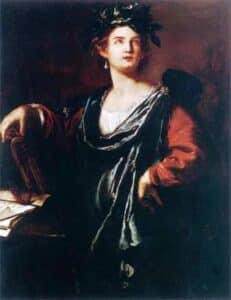
Erato, muse of Lyric or Erotic Poetry
Her name means lovely.
She made those who were guided by her to be wanted and worthy of being loved.
Represented with lyre, hymns and sometimes a wreath of roses.
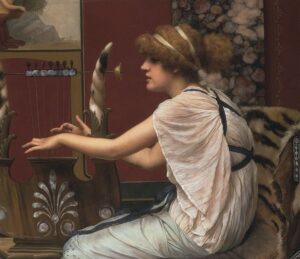
Euterpe, muse of the Music
Her name means the Giver of Pleasure.
Linked to music, it is represented with the flute.
At the end of the classical period, she also represented Lyric Poetry,
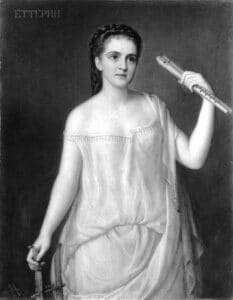
Melpomene, muse of the Tragedy
The one that is melodious.
Despite her cheerful singing, she sings tragedy.
Represented with a tragic mask, leather boots and knife or stick in hand.
With a cypress crown.

Polymnia, muse of Sacred Poetry (hymns)
Muse of sacred poetry, also considered muse of geometry, meditation and agriculture.
Thoughtful, wearing tunic and veil.
With agricultural instruments.
With musical instruments.

Terpsichore, muse of the Dance
Her name literally means the one who delights in dance.
Represented sitting with a lyre.
She was seen as the mother of mermaids.
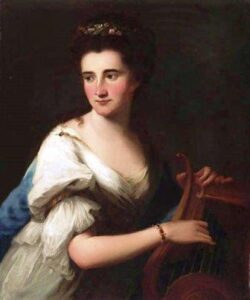
Thalia, muse of the Comedy
She was the Festive.
Represented with a comic mask, and may still use a crown of ivy.
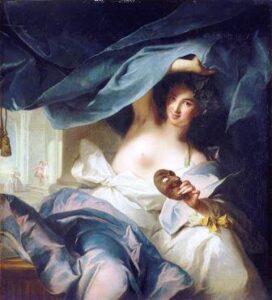
Urania, muse of the Astronomy and Astrology
She was also considered the Muse of Mathematics and of all the exact sciences.
The classical representation is dressed in blue, with a globe and a compass in hands.
She has a star diadem or stars on her dress.
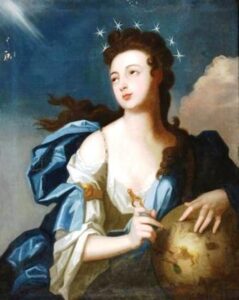
Images-Wikiart.org
What is the relationship of the 9 muses with the Museums?
Museum, from the Greek Moiseum, means Temple of the Muses.
In Alexandria, already in the ancient times, this designation was used for places that served the study of art and sciences, precisely fields associated with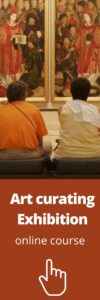 these mythological beings.
these mythological beings.
Unlike the modern museum in the sense that has developed since the Renaissance, the Mouseion of Alexandria did not have a collection of sculpture and painting presented as works of art.
It was an institution of learning with scholars of the Hellenistic world.
The first modern Museum
It is considered that the first museum in the modern sense, with its collections open to the public, was Ashmolean Museum.
The Ashmolean Museum was created from Elias Ashmole’s donations to Oxford University.
Get to know the 9 muses in this video


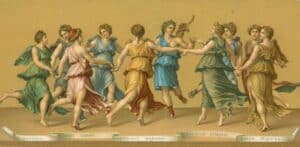
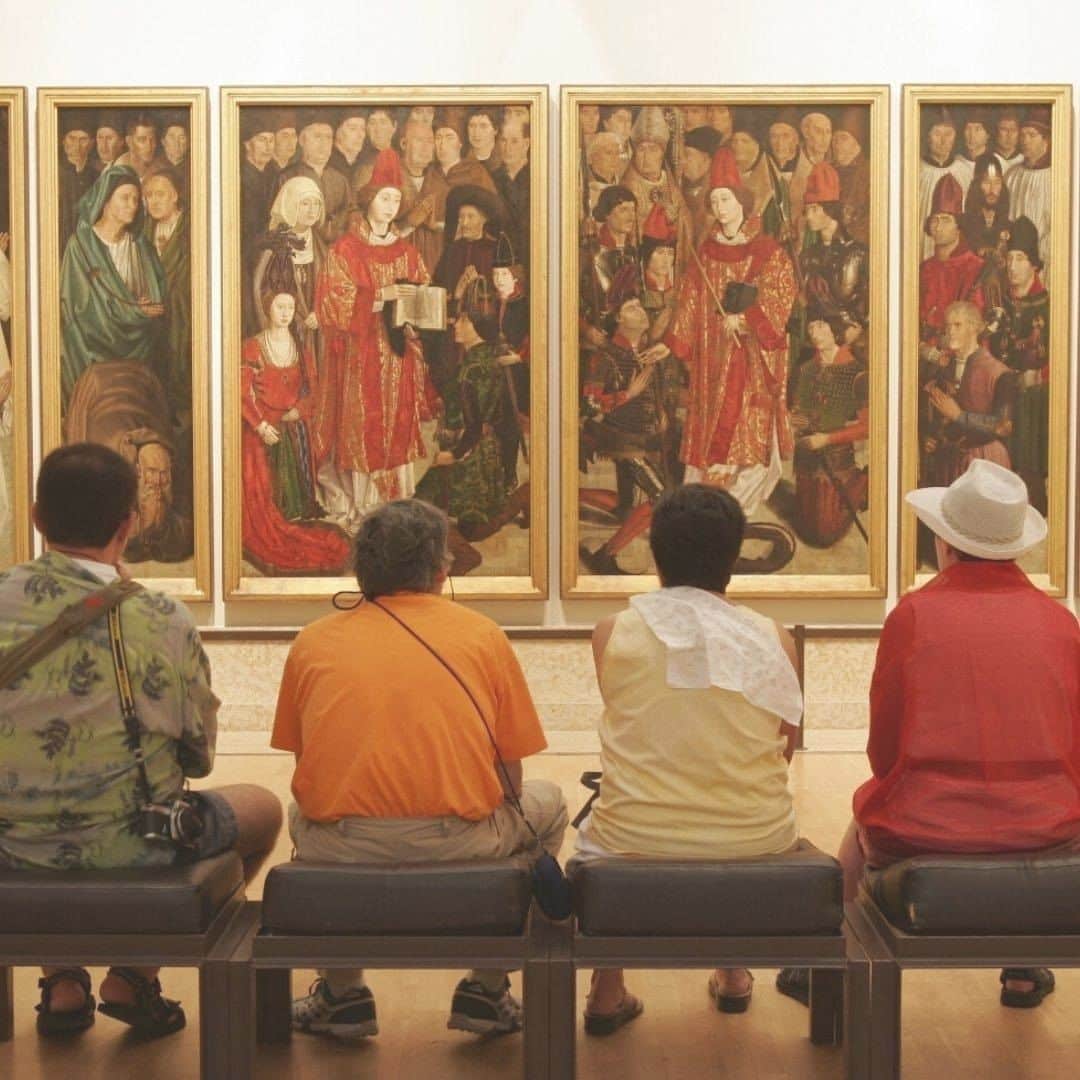
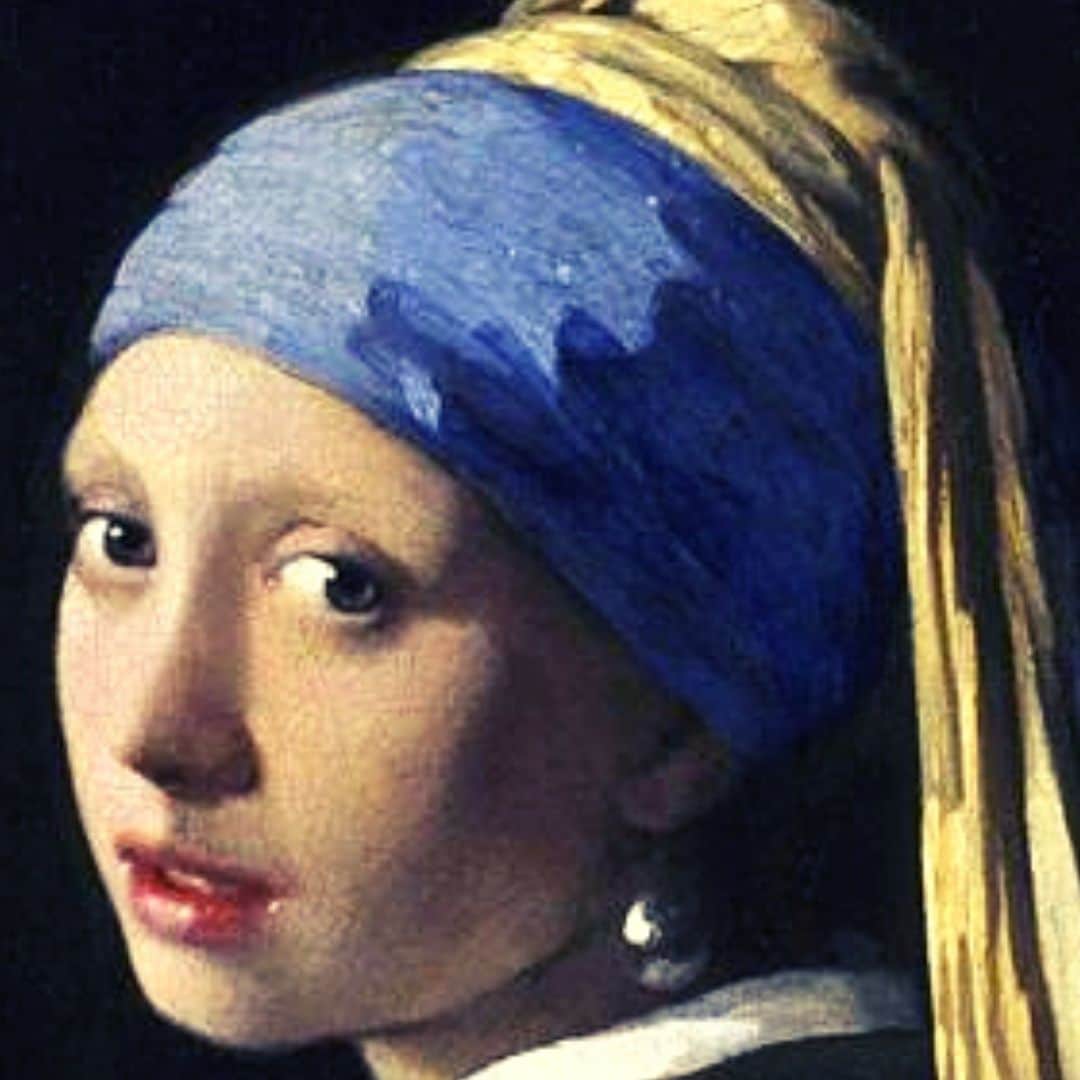

2 Comments.
I truly love your site.. Pleasant colors & theme. Did you develop this amazing site yourself? Please reply back as I’m wanting to create my very own website and would love to learn where you got this from or just what the theme is called. Kudos!
Thanks for your comments